Jungle Primary>Ranked Choice Voting

https://www.alaskansforhonestelections.com/
Alaska wannabes in the political minority have been the tail that wags the dog since before 1959 statehood.
1947 territory Alaskans voted to hold Blanket Primary Elections–where all candidates of all parties were listed in each race on the primary ballot Iike beauty contestants. Alaskans voted for personalities over philosophy or policy–aspiring primarily after WWII for the most profitable place on the federal government Gravy Train.
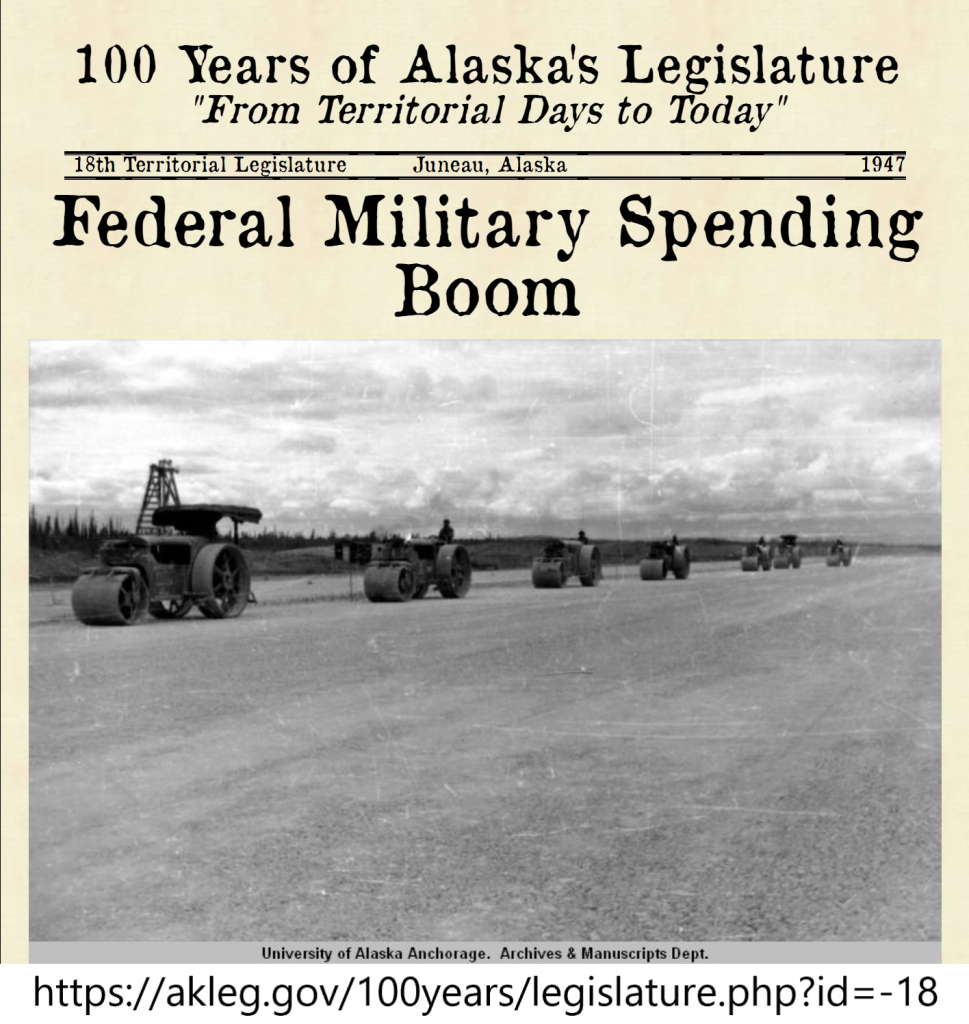
This was Alaska’s Original Jungle Primary
By 1960 the First Alaska Legislature established the Single Ballot Open Primary where voters received a choice of one ballot listing candidates from either Democrat or Republican Parties.
1967-The Blanket Primary was restored by first session of 5th Alaska Legislature at the request of Gov. Walter Hickel. He would later exploit the mediocre two dominant parties and be elected Governor again under the Alaska Independence Party banner.
1992-The Republican Party of Alaska challenged the State of Alaska in federal court on the constitutionality of the Blanket Primary system. A Party-Rule ballot was established under the court case Zawacki v. State of Alaska, by agreement establishing a Republican Primary Ballot, available only to Republicans, non-declared and nonpartisan voters. A second statutory ballot would include names of all other political parties available to all other voters.
In other words, the devious practice of non-Republicans voting in the Primary for the Republican Candidates least likely to win in the General Election, then switching to vote for the Democrats in the General Election, was no longer as easy as it had been. This maneuver required actually registering as a Republican in the Primary.
The whole reason why some voters register and vote
for other party candidates is to NOT be Republican!
Could this be why Republicans wanted to require voters to be registered Republicans to vote for Republicans in the Closed Republican Primary Election? No more Wag-the-Dog?
1993-The Party Rule Ballot of 1992 remained in place for the 1994 Primary Election under stipulation defined by court case O’Callahan v. State of Alaska.
1996-Blanket Primary was held to be constitutional under an obviously partisan Alaska Supreme Court stipulation which ruled that the Blanket Primary did not infringe on the party’s right to free association. The U.S. Supreme Court ruled not to review O’Callahan.
2000-US Supreme Court ruled that California’s Blanket Primary DID violate the First Amendment constitutional right to free association. The court ruled that political parties have the RIGHT to offer voting to self-identified members, and not to the general electorate. The State of Alaska promulgated emergency regulations allowing the 2000 Primary Election to be conducted as a Party-Rule Ballot Primary similar as those conducted in 1992 and 1994.
2001-Alaska Legislature passed law requiring a Primary Election Ballot for each party. Each official party was required to provide which voters could vote for candidates declared under each party.
2002-Six parties were established and ballots provided for each: Alaska Independence, Democratic, Green, Libertarian, Republican and Republican Moderate. Voters not affiliated with a recognized political party were able to choose from ONE of the six ballots.
2003-Green Party filed suit and Alaska Superior Court ruled parties can appear on Combined Ballots with requirement to establish which voters can select which combined ballot, thus again encouraging voters to be non-affiliated to any party.
2004-The Republican Party of Alaska chose to have only Republican Candidates on the Primary Ballot and only Republican, Nonpartisan or Undeclared could vote in this ballot. The Alaska Libertarian Party, the Alaska Independence Partyand the Green Party of Alaska agreed to be on a Combined Party Ballot available to all registered voters. A third ballot option featured the Alaska Democratic Party on another Combined Party Ballot with the Alaska Libertarian Party, the Alaska Independence Party and the Green Party of Alaska. TheAlaska Democratic Party further specified this ballot to be accessible to all voters EXCEPT Republicans.
Obviously this was duplicitous and served no purpose
except to create confusion.
The Republican Party of Alaska has maintained this Closed Primary for every election since 2004. All other parties have continued to have combined ballots–with a third ballot having ballot measures only and not including any candidates–available to all voters. Declared Republican voters have been excluded from voting the Combined Party ballots.
This Practice was used in 2006-2008-2010-2012-2014-
2016-2018-2020 elections.
For 2018 the Alaska Democrat Party changed its bylaws to allow individuals with registration of undeclared or nonpartisan to run as candidates in that minority party–proof the combined parties were never organized political parties at all, but only a bunch of special interests vying for political booty.
If You Can’t Beat ‘Em, Confuse ‘Em
A referendum launched by members of the various Combined Parties and former staff of U.S. Sen. Lisa Murkowski was passed after the 2000 election, resulting in implementation of Jungle Primary>Ranked Choice Voting in the 2022 General Election.
Honorable Alaskans were Duped
This election fiasco has been a spectacle witnessed worldwide. It has its roots in a cynical efforts by some who believe voting should be exclusive and bitterly partisan. Such a scheme could only be proposed by people who know how tragically flawed our government education system has been now over 40 years–and how gullible many Alaskans are.
NAEP Nations Report Card By State:
In fact, this system represents the latest rendering of Literacy Tests once required to keep poor and uneducated Americans from voting.
Literacy Tests for voting were outlawed in the American South by the Voting Rights Act in 1967 and in the rest of the country in 1970. Ranked Choice Voting in this latest race for U.S. Senate was obviously a manipulation necessary after Murkowski lost the Primary Election last time. The Alaska Republican Party did not endorse Murkowski this time; she ran and won in her last General Election as a write-in candidate.
This is a voting system designed to frustrate voters with the process, make their contribution seem meaningless and cast doubt of validity of the outcome by people of normal intelligence.
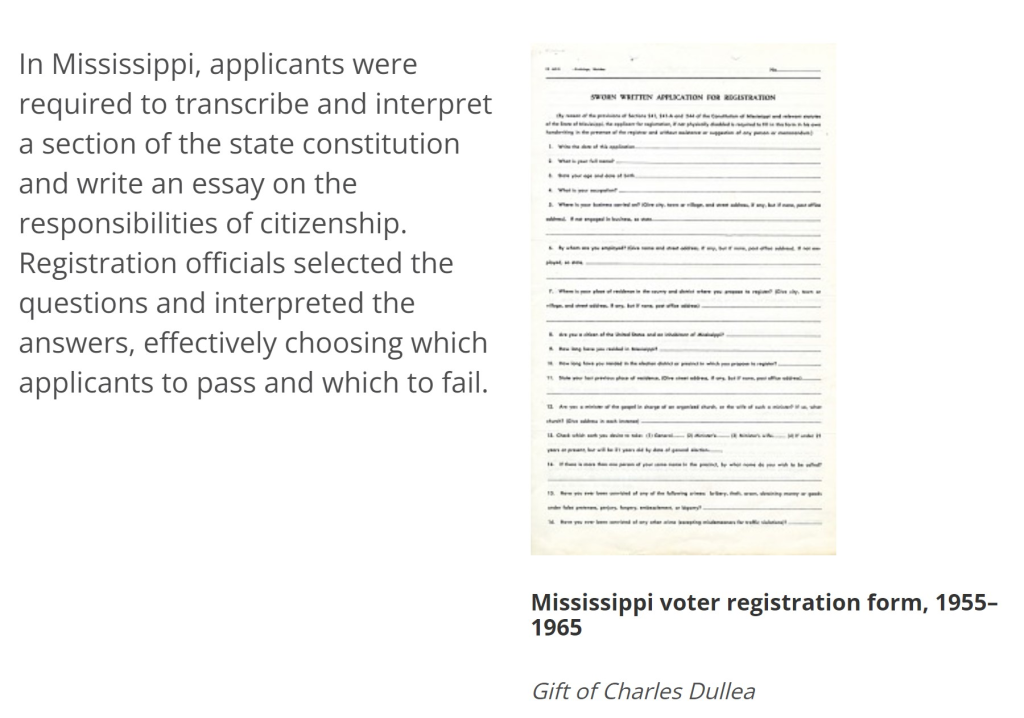
Voting should instill confidence in our system not disgust
[1]Literacy Tests for Voting
Profile of the Alaska Electorate in 2022
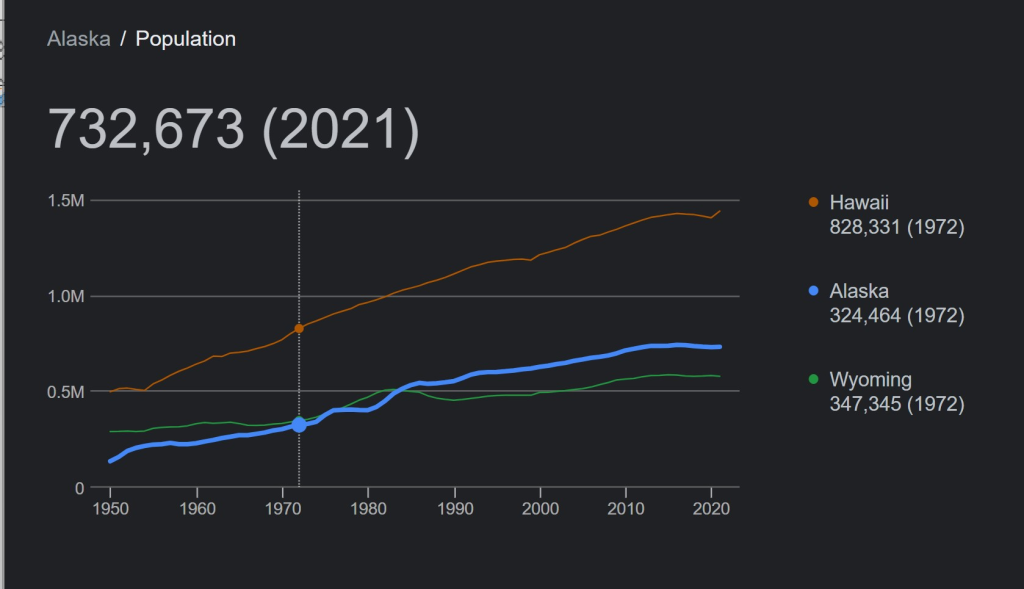
Total Registered Voters: 601,795
441 Precincts/267,047 votes cast (44.38%)
40 House Districts
20 Senate Districts
February 12, 2023 Recognized Alaska Political Parties:
Alaska Democratic Party
78,664
Alaska Republican Party
142,266
Alaska Independence Party
17,861
Non-declared
80,972
Undeclared
259,634
*Alaska Libertarian Party (7034) is no longer recognized as a political party.
[2]AK Division of Elections, Political Parties and Groups in Alaska’s
[3]Division of Elections Official Results
How Division of Elections explained Ranked Choice Voting
[4] State of Alaska Division of Elections RCV
In each race, voters will rank their choices in order of preference.
Votes are counted in rounds.
Round One:
The Division counts all 1st choices. If a candidate gets 50% + 1 vote in round one, that candidate wins and the counting stops.
If not, counting goes to Round Two.
Round Two (and beyond):
The candidate with the fewest votes gets eliminated. If you voted for that candidate, your vote goes to your next choice and you still have a say in who wins.
****THIS IS A SECOND VOTE FOR A SECOND CANDIDATE****
If your first choice candidate was not eliminated, your vote stays with them. Votes are counted again.
This keeps happening in rounds until two candidates are left and the one with the most votes wins.

How RCV actually worked in the U.S. Senate Race
General Election
Round 1
Continuing Ballots Total: 263,027
Blanks: 3,271
Overvotes: 499
Patricia Chesbro(D) 28,233 (10.73%)
Lisa Murkowski(R) 114,118 (43.39%)
Kelly Tshibaka(R) 112,101 (42.62%)
Buzz Kelley® 8,575 (3.575%)*
*Having the least number of votes, Buzz Kelley was eliminated and his 8,575 votes were distributed to other candidates: Chesbro-901, Murkowski-1641, Tshibaka-3209=5,751 and 3770 were “Nontransferable blank or overvotes.” 2806 voters who only voted for Kelley exhausted their choices beyond this candidate, and 18 voters overvoted for this candidate.
Without a Primary Election three Republicans advanced to the General Election as a kind of blood sport where the Democrat Gladiator (Patricia Chesbro) was given Round Two “thumbs down” by fans in the coliseum.
Round 2
Continuing Ballots Total: 260,203
Blanks: 3,271
Exhausted: 2,806
Overvotes: 517
Patricia Chesbro 29,134 (11.20%)*
Lisa Murkowski 115,759 (44.49%)
Kelly Tshibaka 112,101(44.32%)
*Having the least number of votes, Democrat Chesbro was eliminated and her 29,134 votes were distributed to other candidates: Murkowski-20,571, Tshibaka-2224 with 6339 extinguished because they only voted for one candidate.
This is where we see the lie exposed that voters “didn’t vote twice.”
In Round 2 exactly 20,571 Votes for the Democrat were
re-assigned to Murkowski–who won Round 3 by a
margin of 18,796 votes!
Round 3
Continuing Ballots Total: 253,864
Lisa Murkowski 136,330 (53.70%)
Kelly Tshibaka 117,534(46.30%)
The scam worked! They were counting on good-natured Alaskans to accept this phony system to elect a U.S. Senator who only represents special interests.
Tradition of Exploiting Alaskan Voter Ignorance
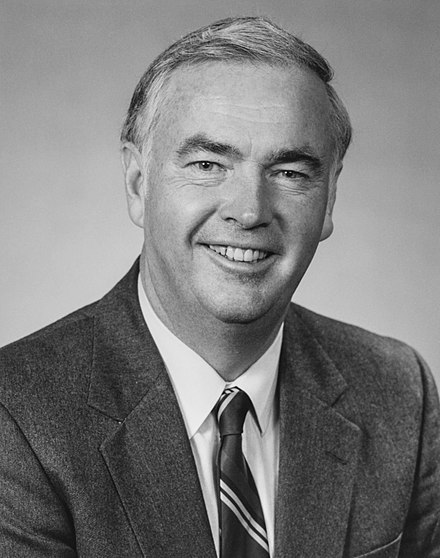
When Lisa Murkowski’s Father, Gov. Frank Murkowski ran for re-election, he came in third behind former Wasilla Mayor, Sarah Palin and Alaska Businessman John Binkley in the Republican Primary election August 22, 2006 (Palin 51% and Binkley 30% to Murkowski’s 19%).
The Primary System Worked!
Murkowski’s margin of defeat was the largest in any
Republican primary by an incumbent governor in United
States history.
[5]State of Alaska Division of Elections: “2006 Primary Election Results.”
Murkowski also left office with one of the nation’s worst approval ratings of 19%.
[6]Ratings as governor at end of term.
After two years in office, the winner of that election, Palin left a disaster for her Lt Gov Sean Parnell to clean up when she resigned in 2009 to chase butterflies as USA v-presidential running mate with John McCane.
[7]A National Spectacle
Alaskans shouldn’t have to put up with this crap.
Join the effort to repeal Jungle Primary>Ranked Choice
Voting Here:
https://www.alaskansforhonestelections.com/
References:
[1]Literacy Tests for Voting
American Museum of Natural History
[2]AK Division of Elections, Political Parties and Groups in Alaska
[3]AK Division of Elections Official Results
[4]AK Division of Elections RCV
https://www.elections.alaska.gov/RCV.php
[5]AK Division of Elections, Archived September 24, 2006, at the Wayback Machine. Retrieved March 16, 2007
[6]Ratings as governor at end of term.
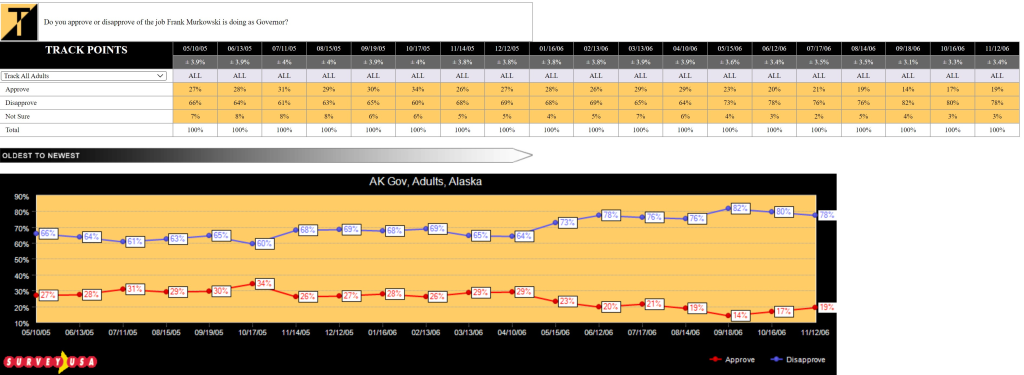
[7]Skelley, Geoffrey. “A Failure to Launch? Kansas’ Republican Gubernatorial Contest and the History of Incumbent Governor Primary Performance – Sabato’s Crystal Ball”. Retrieved September 30, 2020.
